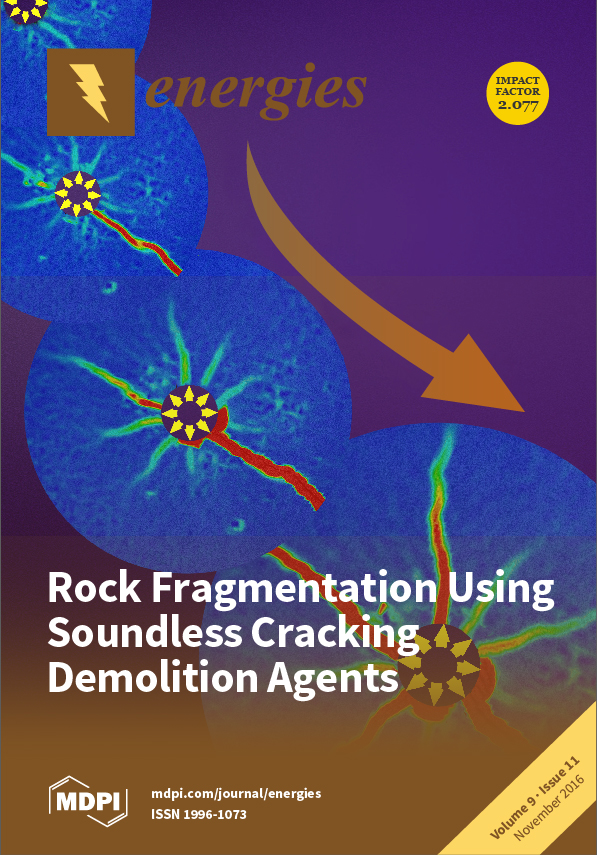High quality polycrystalline bilayers of aluminium doped ZnO (Al:ZnO) were successively electrodeposited in the form of columnar structures preferentially oriented along the
crystallographic direction from aqueous solution of zinc nitrate (Zn(NO
3)
2) at negative
[...] Read more.
High quality polycrystalline bilayers of aluminium doped ZnO (Al:ZnO) were successively electrodeposited in the form of columnar structures preferentially oriented along the
crystallographic direction from aqueous solution of zinc nitrate (Zn(NO
3)
2) at negative electrochemical potential of
EC = (−0.8)–(−1.2) V and moderate temperature of 80 °C on gallium rich (30% Ga) chalcopyrite selenide Cu(In,Ga)Se
2 (CIGS) with chemically deposited ZnSe buffer (ZnSe/Cu(In,Ga)Se
2/Mo/glass). The aluminium doped ZnO layer properties have initially been probed by deposition of Al:ZnO/i-ZnO bilayers directly on Mo/glass substrates. The band-gap energy of the Al:ZnO/i-ZnO reference layers was found to vary from 3.2 to 3.7 eV by varying the AlCl
3 solute dopant concentration from 1 to 20 mM. The electrical resistivity of indium-pellet contacted highly doped Al:ZnO sheet of In/Al:ZnO/i-ZnO/Mo/glass reference samples was of the order ρ ~10
−5 Ω·cm; the respective carrier concentration of the order 10
22 cm
−3 is commensurate with that of sputtered Al:ZnO layers. For crystal quality optimization of the bilayers by maintenance of the volatile selenium content of the chalcopyrite, they were subjected to 2-step annealing under successive temperature raise and N
2 flux regulation. The hydrostatic compressive strain due to Al
3+ incorporation in the ZnO lattice of bilayers processed successively with 5 and 12 mM AlCl
3 dopant was ε
h = −0.046 and the respective stress σ
h = −20 GPa. The surface reflectivity of maximum 5% over the scanned region of 180–900 nm and the (optical) band gap of
Eg = 3.67 eV were indicative of the high optical quality of the electrochemically deposited (ECD) Al:ZnO bilayers.
Full article





